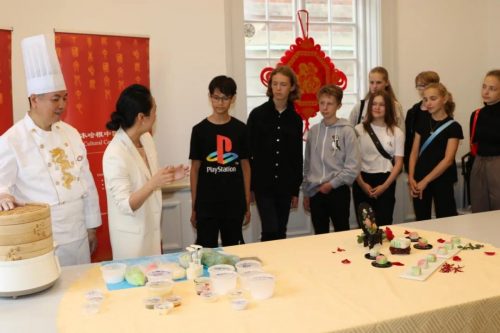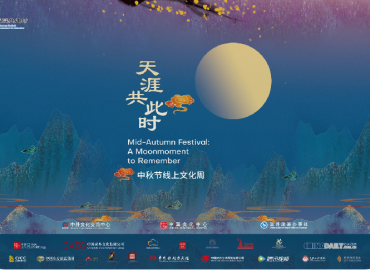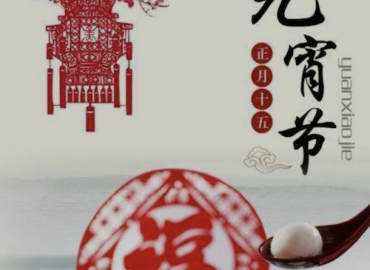On the night of the Mid-Autumn Festival, the moon is full and round and the people share a piece of moon cake with the family, which means family reunion and harmony. So, how did the moon cakes originate?

Moon cakes are an offering to the Moon God during the Mid-Autumn Festival in ancient times. The custom of eating moon cakes was formed along the way. In ancient times, when it was Mid-Autumn Festival, people would put round fruits and vegetables symbolizing harvest on the incense table, worship on bended knees to the moon, and pray for peace and good luck. Moon cakes have a long history in China. According to historical records, as early as the Yin and Zhou dynasties, there was a type of thin-edged cake named “Teacher’s Cake” in commemoration of Taishi Wenzhong in Jiangsu and Zhejiang, and that is said to be the “ancestor” of Chinese moon cakes.
In ancient times, the customs of the north and south were different, and the customs varied from place to place. Existing written records on enjoying the glorious full moon on Mid-Autumn Festival were first seen in the Tang Dynasty. “Luozhong Jianwen” once recorded: During the Mid-Autumn Festival when it was new scholars’ Qujiang Banquet, Tang Xizong gave moon cakes to reward these scholars. The moon cakes were thus eaten as an offering on the Mid-Autumn Festival. The earliest written records about the term “moon cake” are in the literature of the Southern Song Dynasty. It is said that the custom of eating moon cakes during the Mid-Autumn Festival began in the Tang Dynasty, and was popular in the court during the Northern Song Dynasty, then spread to the people, and it became a common dietary custom for all people in the Ming Dynasty.

The custom of admiring the moon during the Mid-Autumn Festival was already very popular during Tang Dynasty. During the Song Dynasty, this custom became even more popular. At that time, it was commonly known as “small cake” and “moon balls”. The famous poet Su Dongpo wrote: “Small cakes are like chewing the moon, with crisp and sweet”. However, the description of the Mid-Autumn Festival and Mooncakes was recorded in the “West Lake Sight-Seeing Record” of the Ming Dynasty: “August 15th is called Mid-Autumn Festival, and the folks use mooncakes as a legacy for reunion.” After the Ming Dynasty, eating moon cakes on Mid-Autumn Festival gradually spread among the people. The ingenious baker at that time printed the legend of Chang’e flying to the moon as a food art pattern on the moon cakes, making moon cakes more popular among the people as a must-have food for the Mid-Autumn Festival.
In the Qing Dynasty, eating moon cakes during the Mid-Autumn Festival has become a common custom, and the production skills were getting better and better. Beijing’s mooncakes were made by Qianmen Zhimeizhai. Later, the moon cakes have developed regional characteristics based on local foods and customs. There are now Beijing-style, Suzhou-style, Guangdong-style, Chaozhou-style, and Sichuan-style moon cakes. Many local folk customs have emerged around the Mid-Autumn Festival, such as the “Bu Zhuangyuan” in Jiangnan: cutting the mooncake into three pieces; large, medium and small one and then stack them together. The largest one is placed on the bottom, which is the “First place”; the medium one is placed in the middle, which is the “Second place”; the smallest one is on the top, which is the “Third place”. Then the whole family rolls the dices, and whoever has the most numbers is the champion and eats the big piece of it; followed by the second place and the third place – The game for fun.

Follow us :
Web : www.ccccph.org
Facebook: www.facebook.com/ccccph
Instagram: www.instagram.com/chinaculturalcentercph
Youtube:哥本哈根中国文化中心
Twitter: @ccc_copenhagen
TikTok: @ccc_copenhagen





